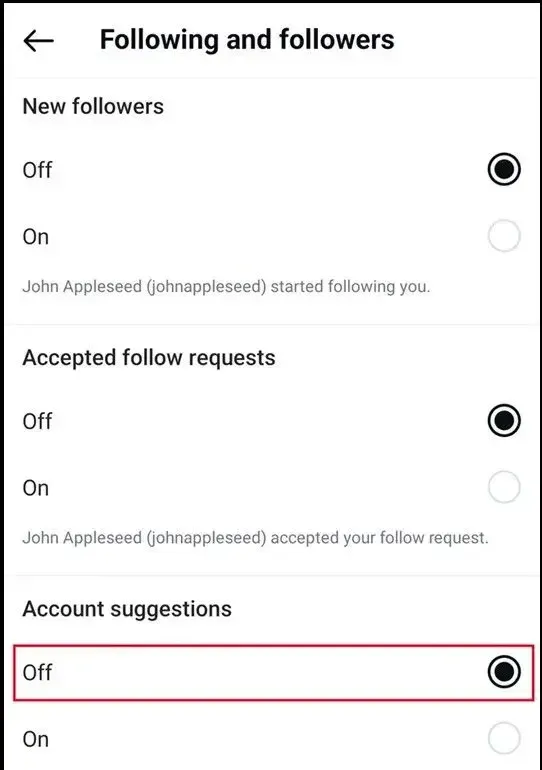Managing your child’s experience on Instagram is now easier with the platform’s parental controls. These features allow you to create a child Instagram account to monitor activity, set usage limits, and ensure safer interactions for younger users. Whether you’re setting up a child’s account for the first time or looking to enhance existing safeguards, this guide provides a step-by-step approach to setting up Instagram’s parental controls.
Keep your child’s online experience secure while encouraging healthy social media habits with these easy-to-follow tips.
How to Set Up Your Child’s Instagram Account
After create a child Instagram account for your child, you can take additional steps to ensure their safety and shield them from sensitive content.
1. Set their profile to private, allowing only approved followers to view their posts and stories. New users who wish to follow a private profile will need to be manually approved first.
Tip: Even if your teen adds a location tag or hashtag to their posts, it will remain hidden from non-followers.
2. Remove unknown follower suggestions: Simply click the X next to a user profile in the “Suggested for you” dialog box. Alternatively, turn off account suggestions entirely in your child’s profile settings.
3. Avoid sharing personal information: Refrain from including sensitive details in the profile bio. The name, profile picture, bio, and website remain visible to non-followers even with a private account.
For this reason, it’s essential to ensure your teen avoids sharing personal information, such as their address, phone number, social media links, school, location, and other sensitive details.
4. Delete unwanted comments so they don’t appear on posts. You can also limit or block comments from specific users.
5. Hide stories from specific followers: Stories can be hidden from selected individuals or groups, ensuring they don’t appear in their stories feed or as updates on your teen’s profile. This is especially helpful if your teen shares content that isn’t suitable or relevant for certain followers.
6. Use the Close Friends feature: Your teen can create a list of trusted followers to share their stories more privately, limiting their content to a chosen audience.
7. Restrict interaction with certain users by tapping the Options (three dots) in the top right corner of a user’s profile and selecting Restrict.
8. Discuss Instagram scams with your child to help them stay vigilant. Scams like the Instagram money scam can easily be mistaken for legitimate account activity. Ensure both you and your child are aware of the latest scams on the platform, and promptly report any accounts that appear suspicious.
Instagram Account Age Requirements
Many parents wonder if they can access their teen’s Instagram account. However, Instagram states that privacy laws prevent them from granting access to anyone, including parents, for accounts belonging to authorized account holders.
An authorized account holder is any user aged 13 or older. If your teen meets this age requirement, you’ll need to collaborate with them to implement additional security and privacy measures to help keep their account safe.
You can also opt to use Instagram Supervision for teens over 13. Details on this feature are provided below.
Using Parental Supervision on Instagram
Many parents wonder if they can access their teen’s Instagram account. However, Instagram states that privacy laws prevent them from granting access to anyone, including parents, for accounts belonging to authorized account holders.
An authorized account holder is any user aged 13 or older. If your teen meets this age requirement, you’ll need to collaborate with them to implement additional security and privacy measures to help keep their account safe.
You can also opt to use Instagram Supervision for teens over 13. Details on this feature are provided below.
Conclusion
In conclusion, setting up Instagram parental controls is a vital step in ensuring your child’s online safety while helping them develop healthy social media habits. By monitoring their activity, managing screen time, and controlling interactions, you can provide a safer and more positive digital environment. Use the tools Instagram offers to stay involved and guide your child’s social media journey. With these measures in place, you can encourage responsible online behavior while protecting their well-being.


